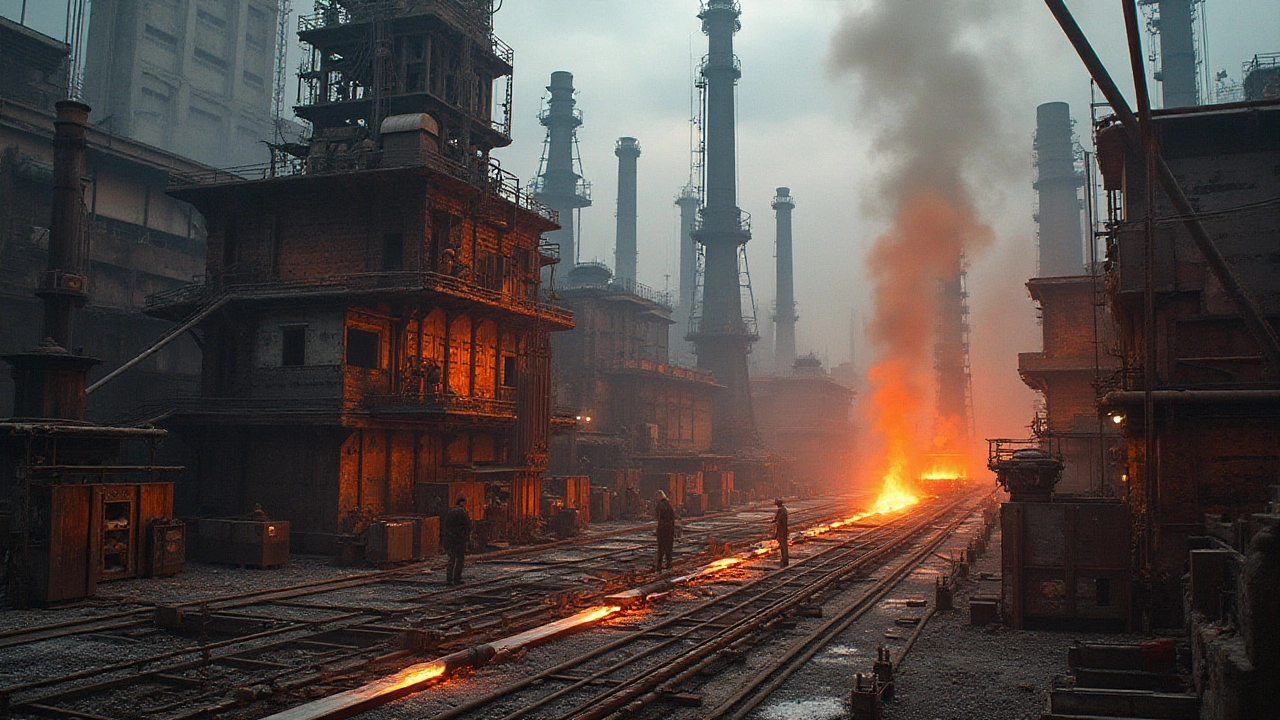Global Steel Market Overview: What’s Shaping Steel Today
Steel touches almost everything – from the bridge you cross to the car you drive. Yet most people don’t realize how fast the market moves. Prices can swing on a single policy change, and new plants in Asia can shift global supply in months. If you work in manufacturing, construction, or even retail, knowing the basics of the global steel market helps you plan better and avoid costly surprises.
Top Producers and Trade Flows
China still leads the pack, making more than half of the world’s steel each year. Its huge output keeps global prices down, but it also means any slowdown in Chinese factories can send ripples worldwide. India is the next big player, climbing fast thanks to government incentives and a growing domestic construction boom. The U.S., Russia and Brazil round out the top five, each feeding different regional markets.
When it comes to trade, Asian exporters dominate the sea lanes. Europe, meanwhile, leans on imports to meet demand for high‑grade steel used in automotive and aerospace. The biggest export routes run from China to the U.S., from India to the Middle East, and from Russia to Eastern Europe. Understanding these routes tells you where price pressure might hit next.
Key Trends You Can’t Ignore
First, sustainability is reshaping the industry. Green steel – produced with lower carbon emissions – is becoming a selling point, especially in Europe where regulators are tightening. Companies that invest in electric arc furnaces or hydrogen‑based processes are gaining a market edge.
Second, supply chain hiccups still matter. A single port closure or a new tariff can tighten supply and push prices up quickly. Keep an eye on policy shifts in major exporting countries – a duty change in the U.S. or a new environmental rule in China can alter the balance overnight.
Third, technology is boosting efficiency. Real‑time data platforms let mills match production to demand more precisely, reducing waste and keeping inventory costs low. If you’re buying steel, look for suppliers that use these tools – they’re often able to offer better pricing and tighter delivery windows.
Finally, demand from the renewable energy sector is on the rise. Wind turbines and solar racks need specialized steel grades, creating niche markets that pay a premium. This demand is expected to grow as countries push for more clean energy projects.
So, whether you’re sourcing raw material, budgeting for a construction project, or just curious about where today’s steel comes from, keep these points in mind. Track the big producers, watch for sustainability shifts, and stay alert to trade news. The global steel market may be massive, but a few smart moves can keep you ahead of the curve.

The Leading Force: Who Dominates the Steel Industry?
The steel industry stands as a fundamental pillar in manufacturing, construction, and technology. In today's competitive landscape, determining who leads this colossal sector involves evaluating factors such as production capacity, innovation, and market influence. This article delves into the significant players currently shaping the steel world, offering insights into their strategies and achievements. It also explores the opportunities and challenges faced by these industry giants.
